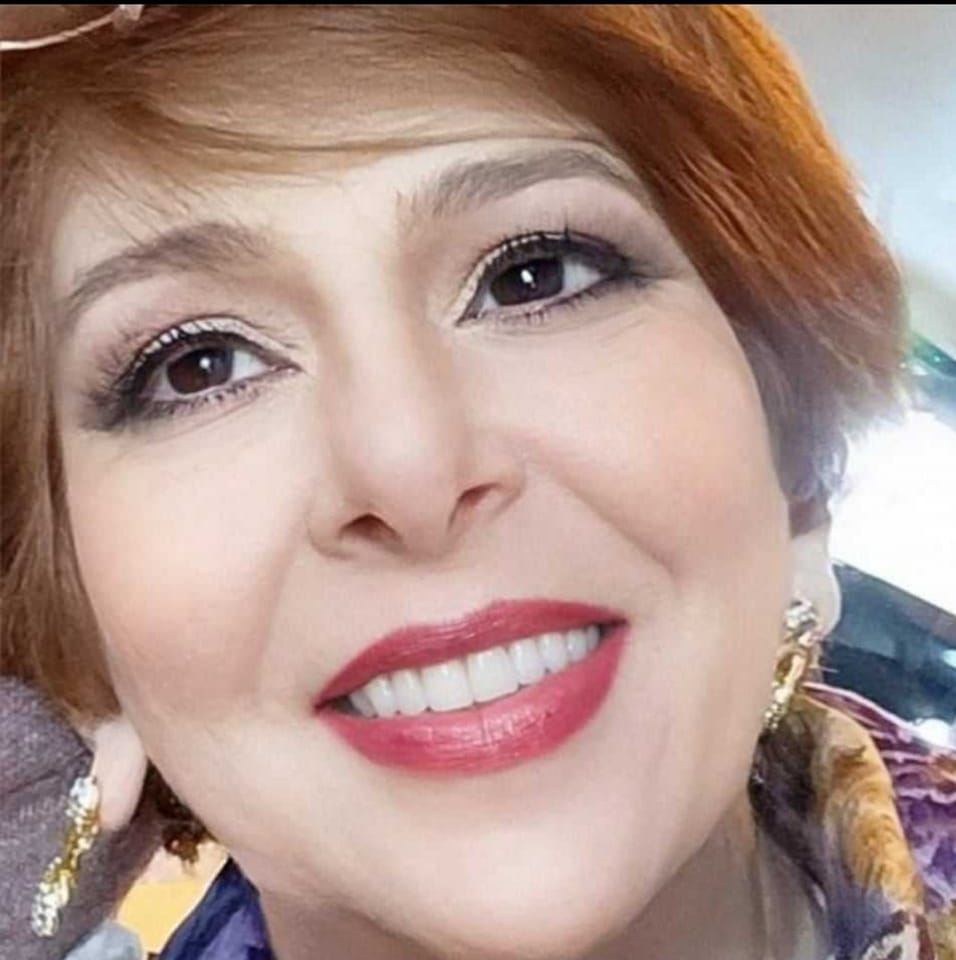Elisabetta Maniàci, a Sicilian artist from Montelepre, introduces a new series of canvases in relation, small works that are placed side by side, juxtaposed, and contrasted, always maintaining visual coherence. Her technique is indeed a very personal reinterpretation of the abstract that pulls dense pigment to form complex decorative movements.
It’s the rotation of the wrist, the delicacy of the feminine gesture, and the patience of layering colours in a mix that creates orderly and parallel filaments or puffs of more liquid matter that suddenly expand the pigment into very light clouds of precious veils. The Artist’s relationship with the material is direct; she does not seek visual representation, but rather the physical flow that becomes a trace of a conscious gesture.
The mastery of movement and the confidence in replicating the many executive tricks required to create a new technique are distinctive features in Elisabetta Maniàci’s works. In the muffled silence of her studio, carved out in one of the ancient houses of the village, the Artist treats colour with the skill of someone who embroiders, weaving slender threads of still-fresh colour. During an interview, she said: “My paintings are an image of the secret garden I keep within my soul.” Indeed, nonfigurative become the most effective key to interpreting most of her work.
Many paintings have a central structure that radiates out and often takes on the semblance of a flower floating, expressing a sense of lightness, an absence of gravity. Others, especially in less recent works, have lines moving in parallel in their sinuous course, suggesting marble veins which her native land is rich with. In some works prevails a rhythmic succession of light puffs, colour expanding and reminiscent of dancing small fans. Choosing to juxtapose canvases then springs forth the current and mature style of the Artist.
Given the cultural proximity to Baroque Palermo, it’s natural to associate these compositions so chromatically rich and sumptuous with the “Marmo mischio” technique or figurative stone works in different colours assembled by seventeenth-century masters to decorate chapels and altars with enduring scenes from Christian Doctrine. Elisabetta Maniàci has also dedicated part of her activity to Sacred art, composing symbols from liturgy through organized juxtapositions: “Picta Crucis” is an excellent example.
Another cultural root is undoubtedly Sicilian nobility’s majolica for large floor carpets that brought prestige and beauty to reception halls and balls. In one work… four elements of equal dimensions compose the painting: they carry primary colours as moments of light vibrating on a shadowy background embellished by clear filigree contrasting. At its centre visually forms a flower as if it were the source of movement and every colour. The individual canvases thus emphasize strong lines within the entire composition – not as rigid lines but as principles of symmetry in a particular play on balance and dynamic contrasts.
In Elisabetta Maniàci’s art, it’s common for chromatically intense parts to stand out against a dark background – a visual void filled with silent softness of browns or darker blues or glistening black resembling enamel or blown glass. This harks back to ancient techniques, Baroque sculptors, who used velvety black Flemish marble as a “touchstone” to give strength and light to other colours.
When instead canvas has a light base, every pigment seems to move according to a deep logic hidden in the creative act but evident in the final stroke – chromatic waves veining ideal corolla petals. They echo precious fabrics brocades church vestments each thread contributes to building an image each humble simplicity behind something moves them toward completion as if art – in these works – is nothing more than an outward reflection of a profoundly inspired soul.
These paintings are not just the result of artistic skill, but a testament to the power of colour and its ability to evoke emotions and transcend mere aesthetics. The interplay of hues creates a symphony that resonates with the viewer’s senses, leaving an indelible imprint on their psyche. It is as if the artist’s soul is laid bare on the canvas, inviting us to experience their world through a kaleidoscope of vibrant pigments.

